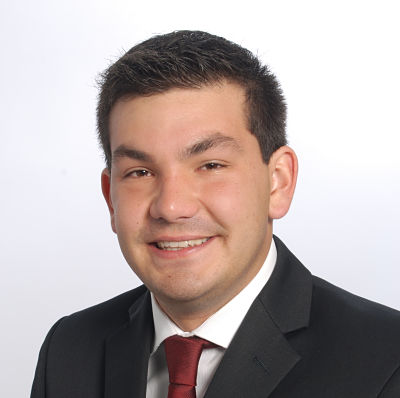Repurposing South African Bantustans: Specters of Planning’s Past in a Contested Present

Planning does not end with producing a plan; it merely begins there. Studying how bureaucrats and residents re-interpret plans and repurpose built spaces during and after implementation permits a novel understanding of planning. It reveals planning as dynamic accommodation, negotiation, and resistance, at once constrained by muscle memories and institutional arrangements of past spatial visions, yet also subject to transformation through repurposings.
South African bantustans were created in the 1960s and early 1970s through forced relocation and rural dispossession to Native lands, and then declared either self-governing entities or “de facto independent republics” until the end of apartheid in 1994. Bantustans were islands of draconian authoritarianism, reserve armies of unemployed labor, and spaces of broad-based social discontent. In contrast to scholarship that often dismisses these spaces mainly as ‘dumping grounds,’ sites of surplus humanity, or reserve armies of labor, this dissertation seeks to humanize ‘enclaves of dispossession’ as sites of city living by exploring repurposings.
I define “repurposings” as actions to transform urban space in accordance with visions or vernacular uses of space other than those originally anticipated by professional planners. By looking retrospectively in one former bantustan and its capital (Mahikeng, North-West, formerly Mmabatho, Bophuthatswana), I ask: in what ways do forms and uses of space match or diverge from original apartheid-era plans’ visions, and with what consequences? Original plans for Bophuthatswana were developed by the white South African consulting firm Mallows, Louw and Hoffe (MLH), who designed the new capital city along with a wide range of Bophuthatswana government officials from agencies and departments including the Public Works, Urban Land Tenure, and Local Government Departments (Mallows, Louw and Hoffe and Partners, 1980). The architectural team sought to infuse tradition and modernity by combining “formal baroque planning with ethnic Tswana architectural forms and village structures” (Jones, 1997, 41). In analyzing repurposings, I will explore spaces’ degrees of conformity to original planning visions; spaces that are largely unchanged in form and use since original planning visions serve as a reference group. Planning theorists and practitioners must understand planning premises alongside repurposings to understand the full complexity of planning implementation.
The planned homelands system did not fully unfold as intended. Deconcentration and spatial partitioning were meant to isolate bantustan residents and create alternative divisions of capital and labor from the apartheid state, but bantustans were nonetheless entirely dependent on apartheid South Africa for survival. Social-class differentiation and rigid ethnic classification were intended to divide Black South Africans by ethnicity and give the project of racial apartheid a longer lifespan. Instead, urbanization in the homelands took on a life of its own, involving civil servants, urban planners, architects, builders, and developers. Relocated homeland residents likewise played an active role. They did not see the planned bantustan regime as legitimate and drew on tactics including accommodation, negotiation, avoidance, and resistance to contest and transform the master-planned system and its brutalities.
In the twenty-eight years since the fall of apartheid and the Bophuthatswana bantustan, urban planning has attempted to undo violences of apartheid-era planning. As two examples, integrated development plans (IDPs) are mandated nationally and are “holistic participatory, consultative and cohesive” in nature (Dlamini and Reddy, 2018, 4); they have tried to merge previously separate and unequal jurisdictions through participatory processes, with varied success (Harrison, 2001, 189–190). Second, provincial, district, and local municipalities have re-scaled governance and service delivery (see Schwella, 2016, 89). These efforts do not draw from a blank canvas but seek to repurpose architectures and infrastructures of the past in service of pluralistic democracy. In this context, many Mahikeng residents—particularly the so-called ‘born free’ generation—are too young to have experienced apartheid. In previous research, I have explored how these young peoples’ perspectives are varied and expose fault lines not of age but of race, class, geography, and gender (Norgaard, 2015). Repurposinings in the built environment offer an explanatory link between muscle memories and containers of the past amidst aspirations toward radical change. Planning since democracy has not stood still.
This dissertation explores limits to planning and the power of people and institutions on the ground to make and re-make urban space. Social movements, civil-society groups, dissatisfied urban residents, and perhaps even insurgent planners may find the bantustans to be a playbook for re-appropriating unjust spaces. Many regimes worldwide have relocated populations and planned urban spaces amidst deep animosity, aiming to construct a politics of division. Thus, a study of how plans are implemented and received, through repurposing, will echo globally.